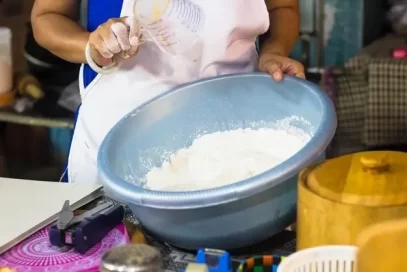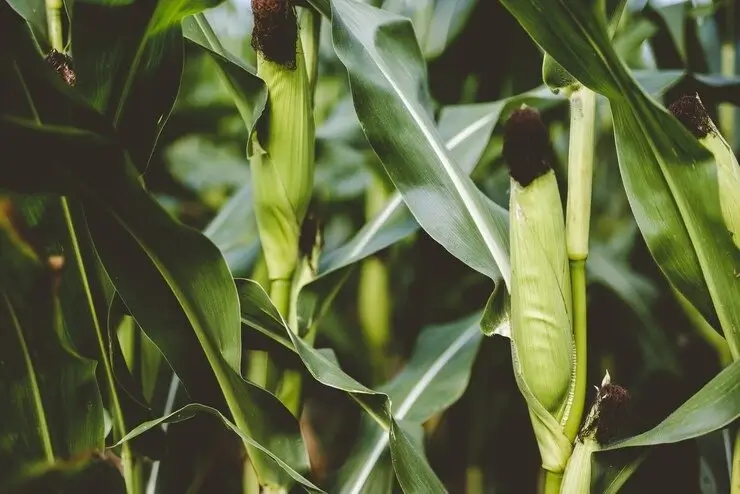Maize flour, a versatile and nutritious ingredient, has been an integral part of culinary traditions across the globe for centuries. Known for its rich flavor, texture, and versatility, Kyekyo maize flour has found its way into a diverse range of dishes, from traditional staples to modern culinary creations. In this blog post, we’ll explore the fascinating history of maize flour, its traditional uses, industrial processing, and its role in various cuisines worldwide.
The History of Maize Flour
Maize, also known as corn, is believed to have originated in Mesoamerica, where it was cultivated by indigenous civilizations such as the Maya and Aztec. Maize cultivation dates back thousands of years, with evidence of its domestication dating back to around 9000 BC. Maize was not only a dietary staple but also held cultural and spiritual significance for these ancient civilizations.
The processing of maize into flour is believed to have begun with the ancient Mesoamerican civilizations, who developed grinding techniques to transform maize kernels into a fine powder. This maize flour, known as masa harina, was used to make tortillas, tamales, and other traditional dishes.
Traditional Uses of Maize Flour
Maize flour has been a dietary staple in many cultures around the world for centuries. In Africa, maize flour is commonly used to make dishes such as ugali, a thick porridge-like dish that is served alongside stews, vegetables, or grilled meats. In Latin America, maize flour is used to make tortillas, arepas, and tamales, among other traditional dishes.
In addition to its use in staple dishes, maize flour is also used in a variety of baked goods, including bread, muffins, and cookies. Its naturally sweet flavor and fine texture make it a versatile ingredient for both savory and sweet recipes.

Industrial Processing of Maize Flour
The industrial processing of maize flour involves several steps, beginning with the cleaning and milling of maize kernels. The kernels are cleaned to remove any impurities or debris, then milled into a fine powder using specialized milling equipment.
Once milled, the maize flour may undergo further processing, such as degermination to remove the germ and bran, resulting in a finer and whiter flour. This refined maize flour is often used in commercial baking and food production, where a finer texture is desired.
Maize Flour in Global Cuisine
Maize flour plays a prominent role in a wide range of global cuisines, from the Americas to Africa and beyond. In Africa, maize flour is used to make dishes such as sadza in Zimbabwe, nshima in Zambia, and fufu in West Africa. These dishes are typically served with a variety of soups, stews, or vegetables.
In Latin America, maize flour is used to make traditional dishes such as tortillas in Mexico, arepas in Colombia and Venezuela, and pupusas in El Salvador. These dishes are often filled or topped with a variety of meats, cheeses, or vegetables, making them a popular street food option.
Conclusion
From its ancient origins in Mesoamerica to its widespread use in global cuisine today, maize flour has a rich history and cultural significance. Whether used to make traditional staples like ugali and tortillas or incorporated into modern recipes for bread, muffins, and cookies, Kyekyo maize flour continues to be a versatile and beloved ingredient in kitchens around the world. Explore the culinary possibilities of maize flour and discover the rich flavors and textures it brings to your favorite dishes.




